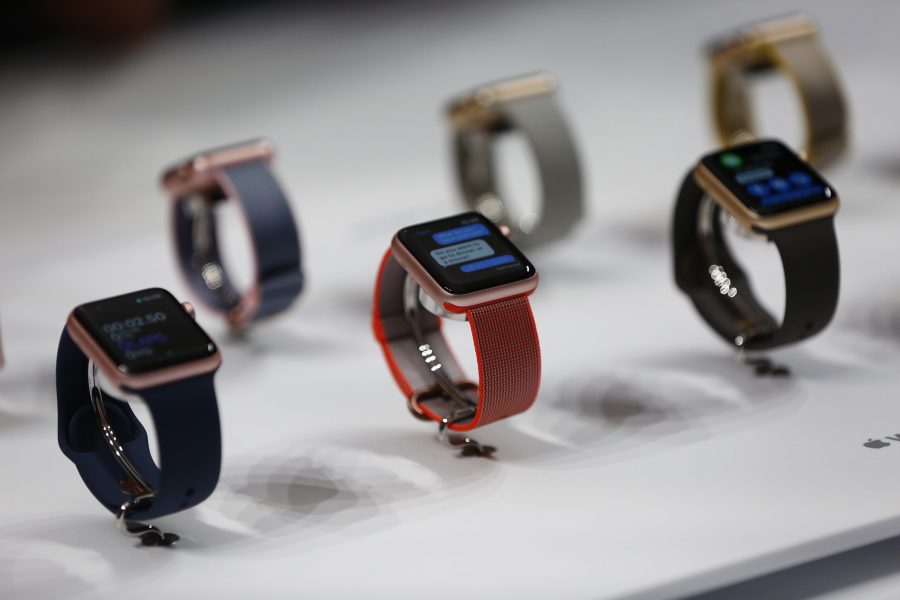Wrist-worn fitness varies in cardiovascular readings
The various forms of wrist-worn trackers are said to aid an individual in a general number of a rate. They should not be used for a diagnosis or treatment of any type of illness. The companies who produce the wrist monitors do not claim that they are medical devices.
Different Fitbits to the Microsoft Band each have a different accuracy in their interpretation of heart rate. Researchers say fitness trackers worn on the wrist are less accurate than chest strap monitors by over or underestimating heart rate, depending on activity level.
“If somebody must know his or her heart rate with great accuracy, like a heart patient or a trained athlete; if you really need to know, use a chest strap,” said Dr. Marc Gillinov of the Cleveland Clinic to Fox News.
In general, it is known to researchers that wrist monitors are more accurate when the person is at rest than during exercise.
“If you’re using these wrist worn monitors and you get an odd value, way too high or too low, it’s probably wrong so don’t be concerned. Motion, ambient light, and varying skin tones can all affect wrist monitor accuracy,” said Gillinov.
Heart rate readings were conducted for 50 healthy adults exercising on treadmills at rest and various speeds. They wore electrocardiographic (ECG) limb leads and a Polar H7 chest strap monitor as comparisons for heart rate data and two out of the four different wrist monitors: Fitbit Charge HR, Apple Watch, Mio Alpha, and Basis Peak.
The heart rate monitors had variable accuracy compared to the ECG. The Basis Peak, which is no longer available to buy, overestimated the heart rate by eight beats per minute (bpm) during moderate exercise. On the other hand, the Fitbit HR underestimated during more forceful exercise, by six or seven bpm.
The Apple Watch and Mio Fuse had 95 percent of heart rate readings in a range of 27 to 29 bpm under or over the ECG reading, a slightly smaller range than the Fitbit or Basis Peak, according to JAMA Cardiology.
“The results aren’t too bad, especially considering the wrist-worn devices are being compared to a research-grade device, a chest strap that would be unwieldy for any casual athlete to wear,” said Aaron Coleman, CEO and founder of Fitabase, Fitbit’s longtime clinical research partner, told Reuters Health.
Your donation will support the student journalists of Sycamore High School. Your contribution will allow us to purchase equipment and cover our annual website hosting costs.







